Hello, fellow container enthusiasts! It’s Emily Owens here, your go-to gal for all things container homes. Today, we’re diving into a topic that’s of utmost importance when it comes to crafting your dream shipping container abode – safety considerations in modifying shipping containers. Yes, we’ll be putting on our safety helmets, figuratively speaking, and exploring the do’s and don’ts of container customization. So, grab a cup of your favorite brew and settle in as we embark on this crucial journey!
The Container Canvas
Before we start hammering away, let’s take a moment to appreciate the humble shipping container. These steel giants have roamed the high seas, carrying everything from electronics to exotic fruits, and now they’re finding a second life as the building blocks of innovative container homes. But there’s more to it than just stacking them like LEGO blocks. Safety should be our guiding star in this adventure.
The Basics of Container Modification Safety
Foundation Matters
Just like a house needs a solid foundation, your container home does too. Neglecting this can lead to uneven settling, which might make you feel like you’re constantly living on a tilted stage. Example: Ever tried eating soup on a wobbly table? It’s not a pleasant experience, and the same applies to your living space.
Cutting and Welding Safety
When you start cutting and welding, you’re entering the big leagues of container modification. Safety goggles, gloves, and proper ventilation are your best friends here. Example: Picture this – you’re a superhero with sparks flying around, but without the right gear, you’re more like a character from a B-movie with bad special effects.
Insulation and Ventilation
Containers can become unbearably hot or freezing cold, depending on your location. Proper insulation and ventilation are essential to keep your container comfortable and safe. Example: You wouldn’t want to live in an oven during summer or a walk-in freezer during winter, would you?
Plumbing and Electrical Considerations
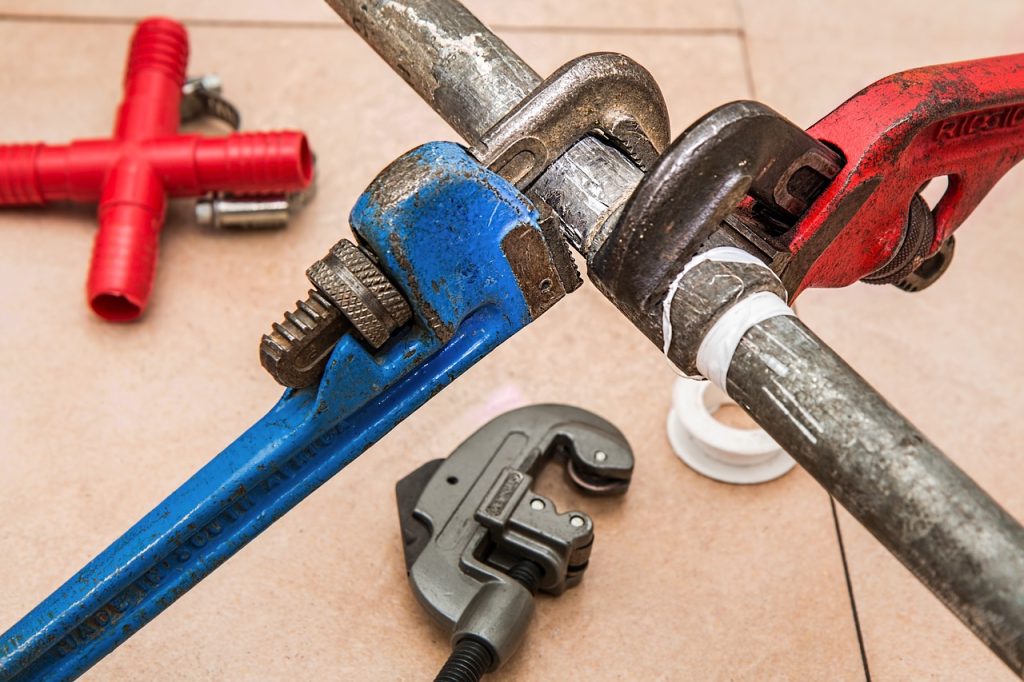
Now, let’s dive into some of the nitty-gritty details of container customization – plumbing and electrical work.
Consult a Professional
Unless you’re an electrician or plumber yourself, it’s wise to consult professionals for these tasks. One wrong move, and you might find yourself in hot water, quite literally. Example: DIY plumbing is like trying to bake a soufflé without a recipe – it’s bound to collapse.
Proper Wiring
Ensure that all electrical wiring complies with local building codes. This is non-negotiable, folks. Nobody wants to see sparks fly where they shouldn’t. Example: Imagine your lights flickering like a haunted house in a horror movie – it’s not the ambiance you’re aiming for.
Waterproofing is Your Friend
When dealing with plumbing, waterproofing is your best friend. Leaks can cause not only structural damage but also mold issues that can seriously affect your health. Example: Ever seen a bathroom with mold growing up the walls? Not a pretty sight, I assure you.
Fire Safety

Install smoke detectors and fire extinguishers in your container home. It’s better to be safe than sorry. Example: Think of it as having a fire extinguisher is like having a superhero in your corner – you might never need them, but you’ll be glad they’re there when you do.
Escape Routes
Make sure you have multiple, well-marked escape routes in case of emergencies. Remember, your container home might be cozy, but it’s still a confined space.Example: Think of it as having a secret escape tunnel in your favorite spy movie – it might seem excessive until you need it.
Permits and Regulations
One thing we can’t forget is the legal side of container modification. Depending on your location, there might be specific permits and regulations you need to adhere to.
Permits and Zoning
Check with your local authorities to ensure you’re complying with zoning regulations and obtaining the necessary permits. Example: Ignoring permits is like playing hide-and-seek with the law – sooner or later, they’ll find you.
Environmental Considerations
Be mindful of the environmental impact of your container project. Proper disposal of waste materials and following eco-friendly practices should be a part of your plan. Example: It’s like being a responsible camper – leave no trace, and nature will thank you.
Conclusion
In the thrilling world of container homes, safety is your trusty sidekick, ensuring that your dreams of a cozy, sustainable, and unique living space don’t turn into a nightmare. Remember to inspect, plan, and consult professionals when necessary. Follow building codes, prioritize fire safety, and respect the environment. With these considerations in mind, you’ll be well on your way to crafting a container home that’s not only stylish but also safe.
So, fellow container aficionados, go forth and build your dream homes, but always keep safety first in your container modification adventures. Happy container crafting!











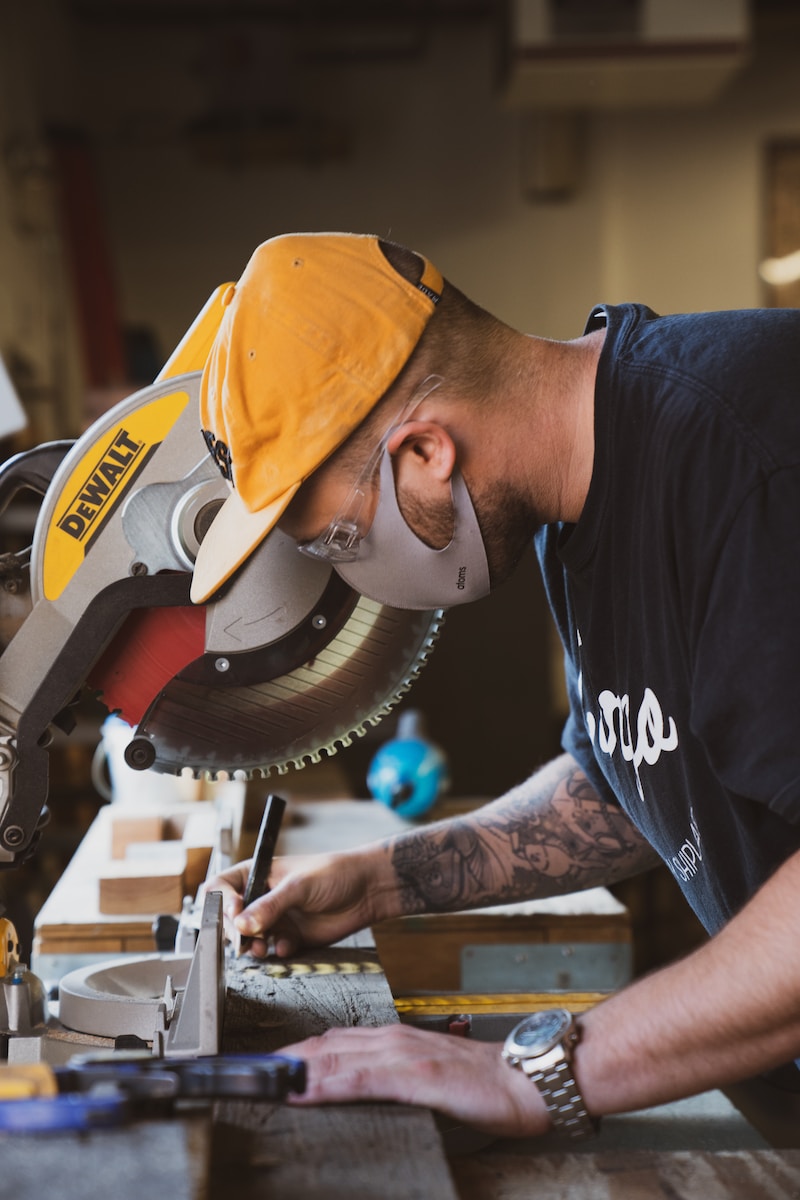






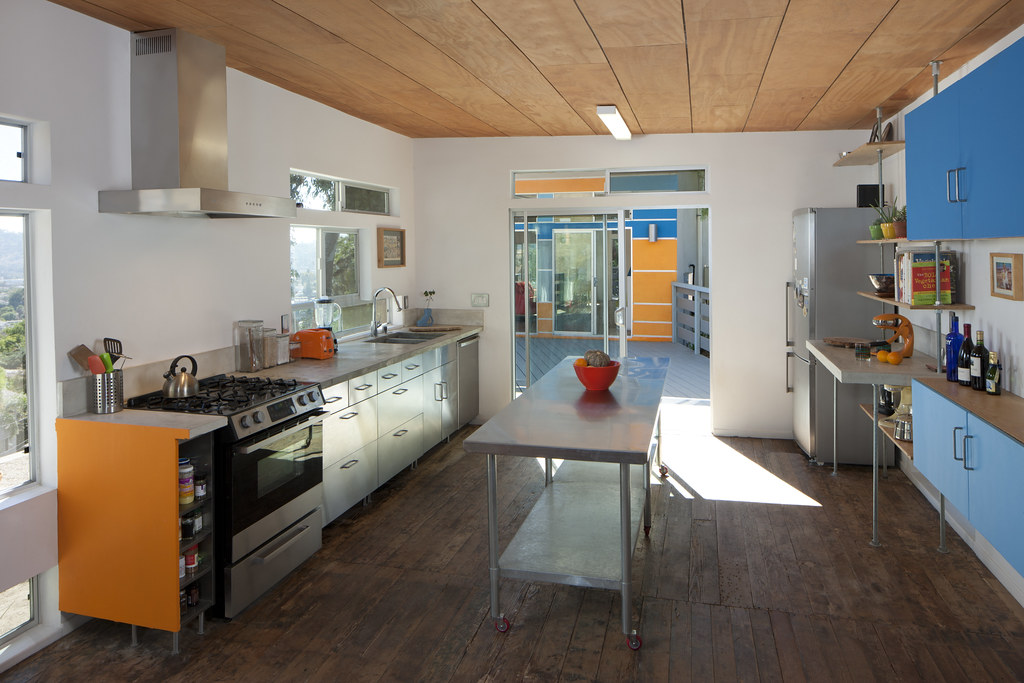
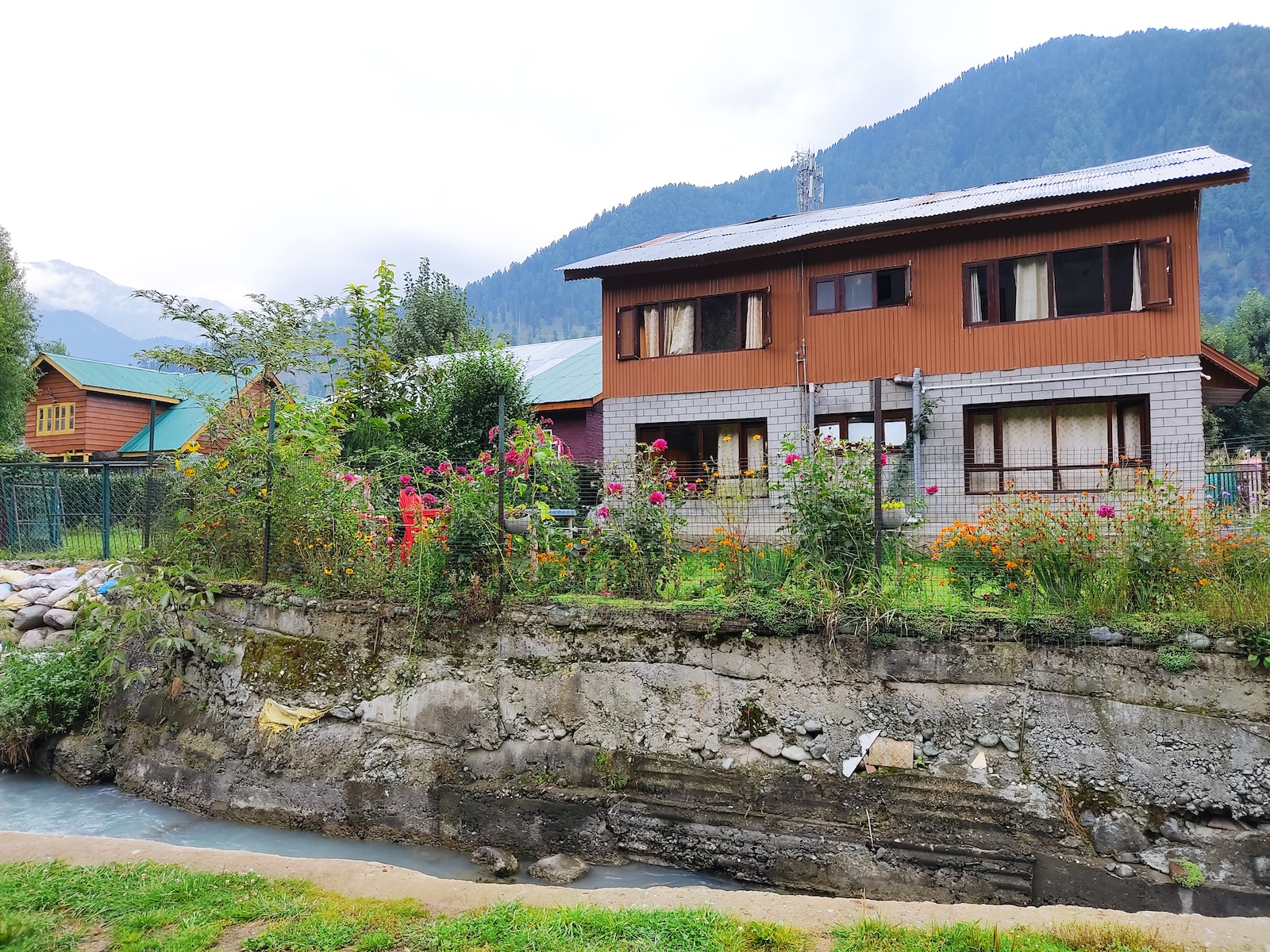
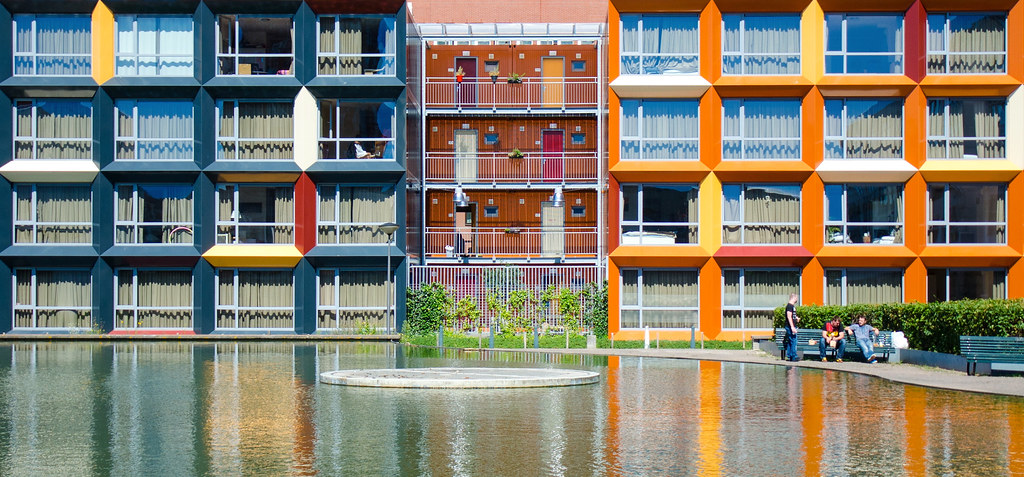
Find Us on Socials